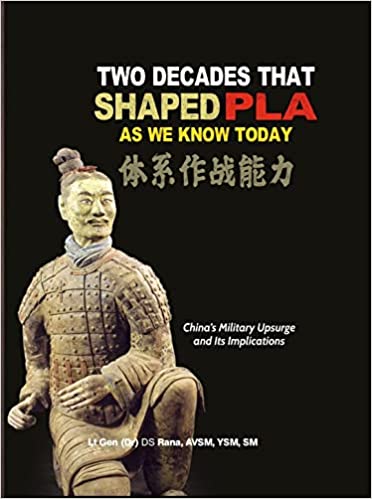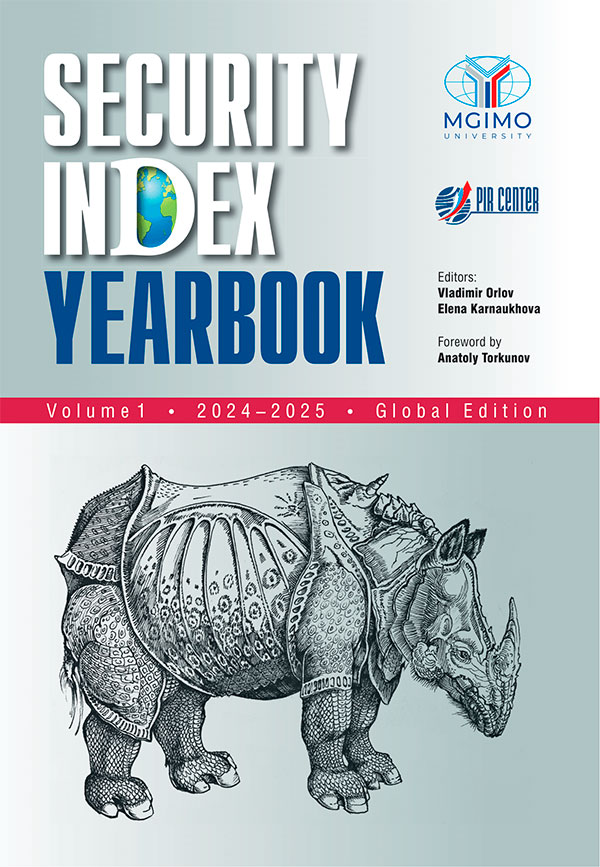... preferred transit corridor from the Asia-Pacific using Russia as the main link in this transit. This is why the odds are that in the nearest future NSR will be used mostly to serve Russia’s domestic cabotage needs as well as to ship Siberian oil, coal and LNG to China, India and other consumers in Asia. With due commitment, the annual size, which now amounts to almost 40 mln tons, can be doubled by 2030 and later on it can reach even 150 mln tons a year, but it will hardly ever successfully compete with ...
... energy crisis, but the situation continues to be quite serious. During the premiership of Mario Draghi in Italy, a plan was launched to diversify energy supplies with the aim of gradually phasing out Russian gas, which is being replaced primarily by LNG, Algerian, Azerbaijani and Northern European gas. The government of Giorgia Meloni continues to follow this plan, with the declared goal of completely eliminating dependence on Russian gas by the winter of 2024–2025.
In 2022, primary energy demand ...
... Japan’s economy, began to crank up exports to receive more U.S. dollars. Japan’s Prime Minister Fumio Kishida mandated additional steps to balance the situation. These included not only resuming Russian oil exports but also re-signing contracts to buy LNG from
Sakhalinskaya Energia
, the new operator of Sakhalin-2 established pursuant to the Order of August 2022 issued by Mikhail Mishustin, the Prime Minister of the Russian Federation.
Vladimir Likhachev:
Both… But Can We Do Without the Emotions,...
... Khyber Pukhtunkhwa and Punjab Provinces.
A lot opportunities but a lot more risks?
The Pakistan Stream Gas Pipe Project undoubtedly opens major investment opportunities for Pakistan. Among them are establishment of new refineries; the launch of virtual LNG pipelines; building of LNG onshore storages of LNG; investing in strategic oil and gas storages. Yet, it seems that Pakistan is likely to win more from the Project than Russia. And here’s why. The current version of the agreement signed by Moscow ...
... forecast of the average annual export price, which has now been revised three times. However, it would be a mistake to squarely place the blame for the spike in gas prices over January–September 2021 on Gazprom’s shoulders, since its influence on the LNG market, a principal driving force to impact the situation with gas shortage in Europe, was rather negligible.
It is worth noting that the global LNG supply did not decrease as compared to the previous year: while 274 million tons were supplied in ...
... with Gazprom on the European gas market, has been most successful in Egypt. Egypt’s largest project,
Zohr
, is being run as a concession by Italy’s Eni S.p.A. (50%), Rosneft (30%), Britain’s BP (10%) and Mubadala Petroleum (10%).
Using Egyptian LNG capacity, Rosneft can achieve the coveted goal of supplying its own natural gas to the European market to compete with Gazprom. Gazprom itself also supplied LNG to Egypt until recently. However, the situation has changed in recent years. For the time ...
... running from Ashkelon in Israel to El-Arish in Egypt (about 90 km). Even though Egypt has no particular need for gas imports, it is striving to create a gas hub. Egypt is
planning
to receive gas from neighbouring states, liquefy it at the Egyptian LNG plant (Idku LNG with a capacity of 7.2 m. tonnes a year), and sell it on global markets, sending it by tanker to Europe or Asia.
Egypt’s interests have taken this turn since it has had fewer problems developing and selling its own natural gas, while ...
... the difficulties in stabilizing China’s economy and in implementing its policies on the domestic and foreign markets, including the energy sector.
The trade conflict with the US resulted in China demonstrating its independence from American oil and LNG. For three months (between September and November 2018), Chinese companies did not purchase American oil and resumed imports in December 2018, purchasing only insignificant amounts. China quickly found replacements; Iran offered the required quantities ...
... can be generally described with the English saying “back to normalcy.”
As for Moscow, it continued the consistent implementation of its socioeconomic development of the Arctic Zone of the Russian Federation (
AZRF
) programme in 2018. The Yamal LNG plant reached its design capacity. Seven out of fifteen icebreaker-class LNG carriers capable of delivering freight to customers all year round already sail the Northern Sea Route (NSR), transporting gas from the Port of Sabetta. Novatek
plans
to ...
The Specifics and Challenges of LNG Trade in the Region
The fight for energy flows in South Asia has intensified to such a degree of late that it can be compared with the competition in the European market. Just like in Europe, gas contracts in the region reflect the strategic visions ...



